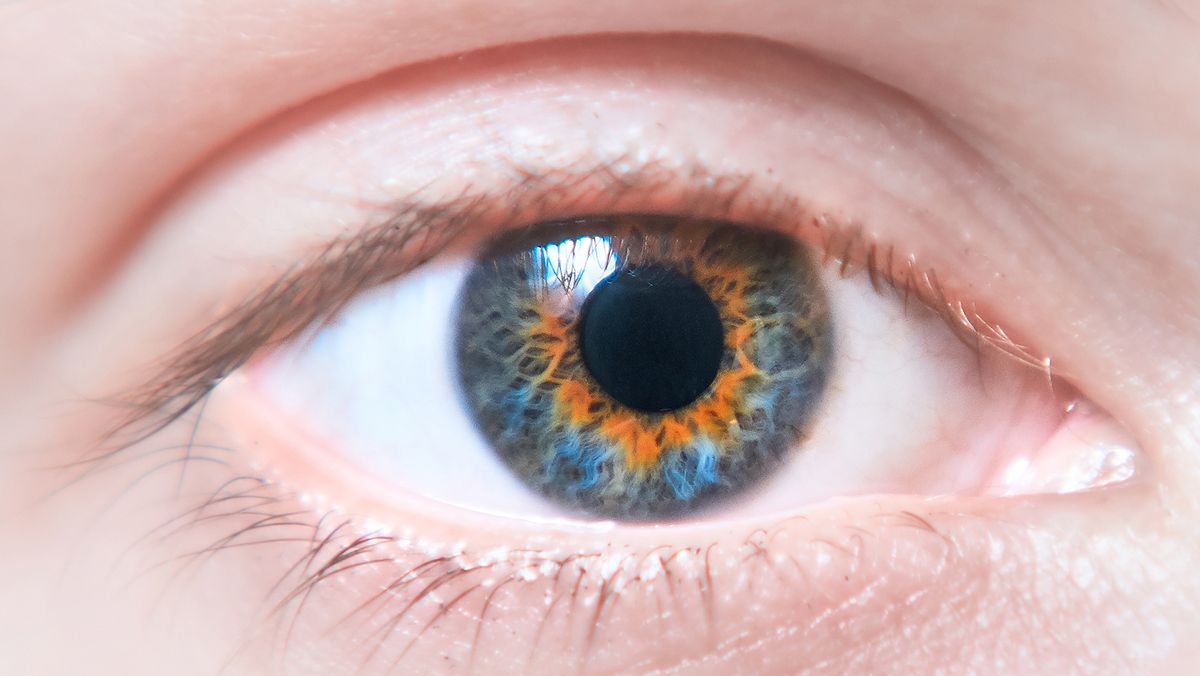It all boils down to melanin, the pigment responsible for a person’s eye color. In central heterochromia, melanin is unevenly spread across the iris, usually more concentrated around the pupil. This contrast creates a noticeable inner ring.
Scientists believe that multiple genes influence eye pigmentation, and a minor variation can lead to this rare condition.
In most cases, central heterochromia is congenital, meaning you’re born with it. Congenital heterochromia often shows up in people of European descent and usually doesn’t come with other symptoms.
Acquired Heterochromia
However, acquired heterochromia can develop later in life due to eye injuries, medical conditions or environmental factors.
Conditions such as pigment dispersion syndrome — which affects iridial pigmentation — and certain eye drops used to treat glaucoma may also cause changes in iris color.
An uneven distribution of melanin can result in color variations that affect only one eye or create contrasting colors within the same iris.











